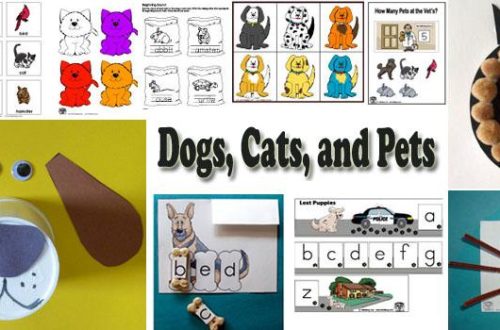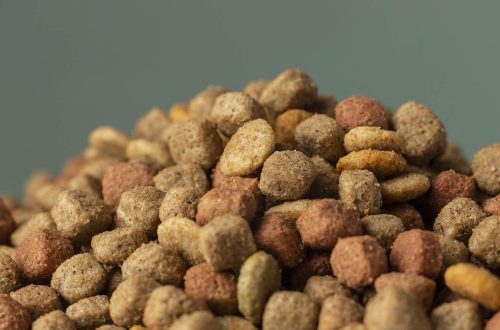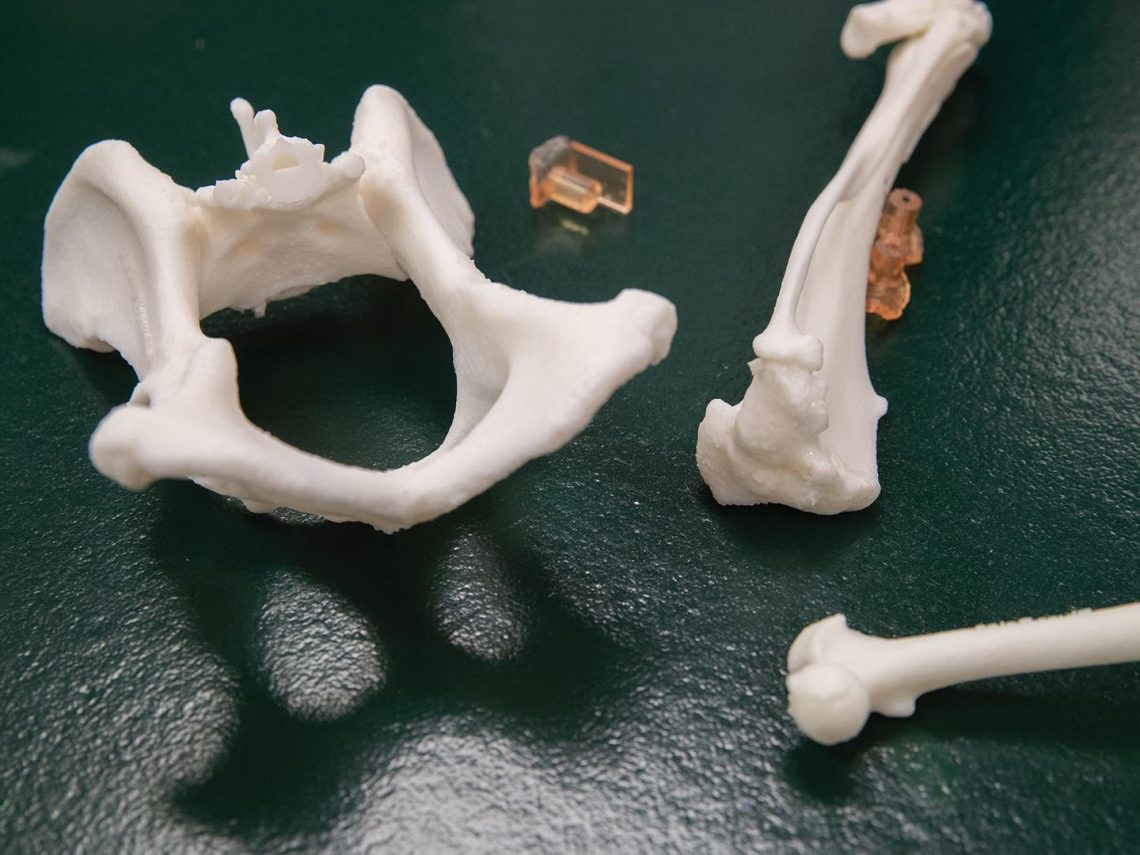
Printing Pawsibilities: The 3D Revolution in Vet Care
Printing Pawsibilities: The 3D Revolution in Vet Care
In the realm of veterinary medicine, innovation is no longer just a matter of improving techniques; it’s about transforming the future of pet care. Enter the world of 3D printing—a groundbreaking technology that has begun to revolutionize how veterinarians approach everything from prosthetics to surgical planning. In this age of rapid technological advancement, the marriage of digital design and biological needs is giving rise to unprecedented solutions tailored specifically for our furry companions. As we delve into the intricacies of this 3D revolution in vet care,we will explore how it not only enhances treatment options but also elevates the quality of life for animals in ways we could only dream of just a few years ago. Join us as we uncover the myriad of “Printing Pawsibilities” that lay ahead, reshaping the landscape of veterinary science and bringing hope to pet owners worldwide.
Table of Contents
- Exploring the Impact of 3D Printing on Veterinary Prosthetics
- Transforming Diagnostic Tools with Custom 3D Models
- Enhancing Surgical Precision through Customized Implants
- Best Practices for Integrating 3D Technology in Veterinary Clinics
- To Conclude
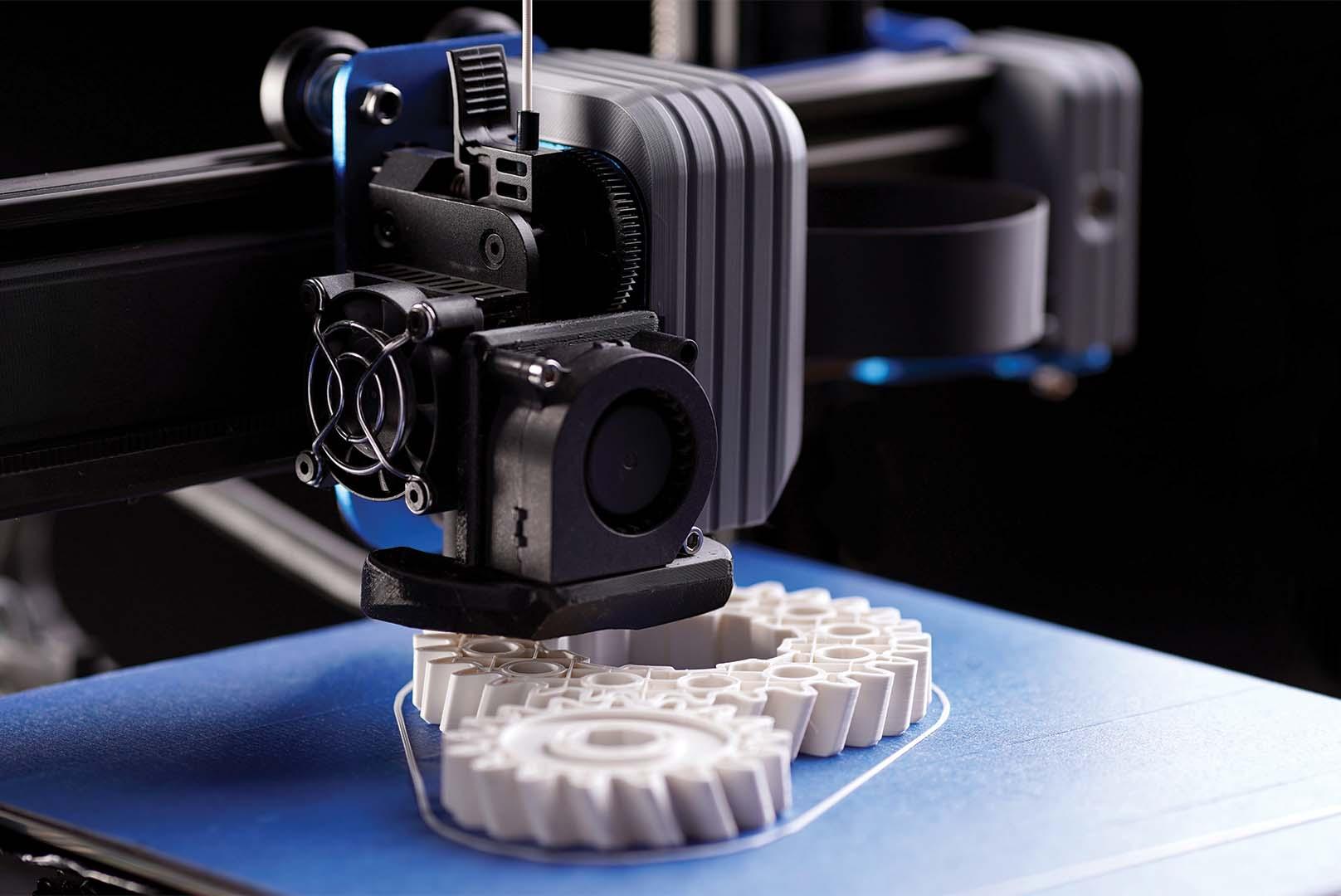
Exploring the Impact of 3D Printing on Veterinary Prosthetics
The advent of 3D printing technology in veterinary medicine has ushered in a new era of possibilities for creating customized prosthetics tailored specifically for animals.This innovative approach not only enhances the quality of life for pets with disabilities but also revolutionizes the way veterinarians and pet owners approach such challenges. With its capability to produce lightweight, durable, and anatomically accurate prosthetics, 3D printing enables the design of devices that fit securely and comfortably, promoting better mobility and overall well-being. Key advantages include:
- Customization: Each prosthetic can be tailored to the specific needs and anatomy of the animal.
- Cost-effectiveness: 3D printing reduces material waste and manufacturing costs.
- Rapid prototyping: Designs can be quickly modified based on real-time feedback from both veterinary professionals and pet owners.
Moreover, the accessibility of 3D printing has democratized medical solutions, allowing more pet owners to afford advanced care options that were previously beyond reach. Collaborative efforts between veterinarians,engineers,and designers contribute to continuous innovation in this field. as an example,the integration of biocompatible materials in the production process ensures that these prosthetics not only meet functional requirements but are also safe for long-term use. As shown in the table below, 3D printing can benefit a variety of veterinary applications:
| Submission | Description |
|---|---|
| Prosthetics | Custom limbs for amputees improving mobility. |
| Orthotics | Support devices for joint stabilization. |
| Surgical models | Pre-surgical 3D models for better planning. |

Transforming Diagnostic Tools with Custom 3D Models
The integration of custom 3D models into veterinary diagnostics is pushing the boundaries of traditional methods, enabling veterinarians to visualize complex cases with remarkable clarity. With these innovative tools,practitioners can create precise representations of anatomical structures,allowing for enhanced assessment and planning. Benefits of utilizing 3D models in diagnosis include:
- Improved Visualization: Complex conditions can be more readily understood.
- Tailored Treatment Plans: Custom models help in developing specific solutions for individual pets.
- Enhanced Interaction: Models facilitate clearer discussions with pet owners regarding diagnosis and treatment.
In an era where time is of the essence, the speed at which these models can be produced considerably impacts patient outcomes. Working with advanced software, veterinarians can quickly access a wealth of data to create 3D models directly from imaging scans. This streamlined process effectively bridges the gap between theoretical knowledge and practical application. Here’s a fast view at how 3D modeling transforms the diagnostic landscape:
| Traditional Approach | 3D Model Approach |
|---|---|
| 2D images often lead to misinterpretations. | 3D models provide accurate spatial understanding. |
| Limited customization in treatment. | Personalized care through tailored models. |
| Slower decision-making due to complex cases. | Rapid assessments and quick action. |
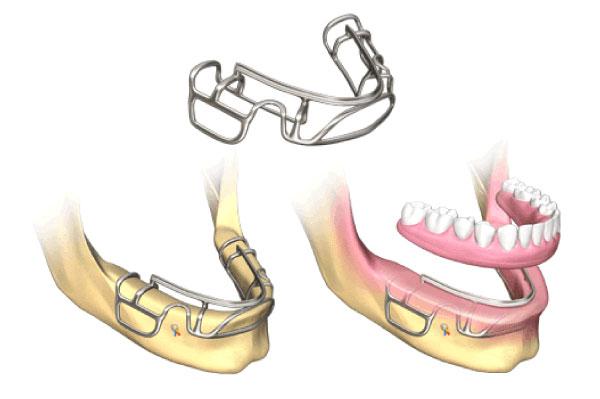
Enhancing Surgical Precision through customized Implants
Customization in the realm of veterinary surgery is taking center stage as veterinary professionals increasingly turn to 3D printing technology for creating precise implants tailored to the unique anatomy of each animal. With the adaptability of 3D printing, surgical teams can now design and fabricate implants that not only fit perfectly but also cater to the specific needs of their patients. This enhanced precision minimizes surgery time and improves the overall outcomes, allowing our furry friends to recover faster and return to their playful selves sooner.
Veterinarians can now leverage advanced imaging techniques to generate accurate models that are then translated into 3D printed implants. The benefits include:
- Optimal Fit: Customized implants ensure a proper anatomical fit that promotes healing.
- Reduced surgical Risk: Tailor-made designs lower the chances of complications during surgery.
- Enhanced Recovery: Animals experience less pain and quicker rehabilitation with precisely fitted implants.
Below is a comparison of traditional vs. customized implants in veterinary care:
| Aspect | Traditional Implants | Customized Implants |
|---|---|---|
| Fit | Standardized Sizes | Exact Anatomical fit |
| Time in surgery | Longer | Shorter |
| Post-Surgical Complications | Higher Risk | Lower Risk |

Best Practices for Integrating 3D Technology in Veterinary Clinics
To successfully integrate 3D technology into veterinary clinics, it’s crucial to develop a strategic plan that aligns with your clinic’s vision and operational capabilities. Start by evaluating your clinic’s needs, considering factors such as the types of procedures performed and the specific conditions most frequently treated. Investing in high-quality 3D printers and scanning equipment is imperative, as this technology not only enhances surgical precision but also fosters innovative solutions for personalized care.Training your staff is equally important; provide ongoing education and workshops to ensure that your team is adept at utilizing this advanced technology effectively.
Another best practise is to collaborate with specialists and educational institutions that are at the forefront of 3D veterinary applications. This collaboration can help in leveraging expertise, resources, and tools that might not be readily available at your clinic. Think about setting up a feedback loop with clients and their pets post-procedure to gauge the efficacy of the 3D solutions utilized. Consider building a library of successful cases along with before-and-after photos, which can be shared with both clients and the broader veterinary community, serving as an inspiring showcase of your clinic’s capabilities. Here’s a simple comparison table of potential 3D applications in veterinary care:
| Application | Description | Benefits |
|---|---|---|
| custom Prosthetics | Personalized limbs for amputee animals. | Improves mobility, enhances quality of life. |
| Surgical Models | 3D printed replicas of affected anatomy for pre-surgery planning. | Increases precision, reduces surgical time. |
| Dental applications | creating custom dental molds and impressions. | Enhances fit, improves patient comfort. |
To Conclude
As we stand on the threshold of a new era in veterinary care, the possibilities unfurl before us like an ever-expanding canvas. The advent of 3D printing not only redefines the tools at our disposal but also reinvigorates the bond between humans and their beloved companions. From personalized prosthetics to intricate surgical models, the applications are as diverse as the animals we cherish.
As the printing pawsibilities continue to evolve, so too will our understanding of the intricate needs of our pets.The journey towards innovation is one built on collaboration, creativity, and a shared commitment to enhancing the quality of life for animals everywhere. With each advancement, we inch closer to a future where veterinary care is not just a necessity but a party of life and well-being.
as we embrace this 3D revolution, we invite pet owners, veterinarians, and technologists alike to explore the limitless opportunities that lie ahead.together,let’s craft a world where care is as unique as the animals we’ve sworn to protect. the future is now, and it’s printed with love.



